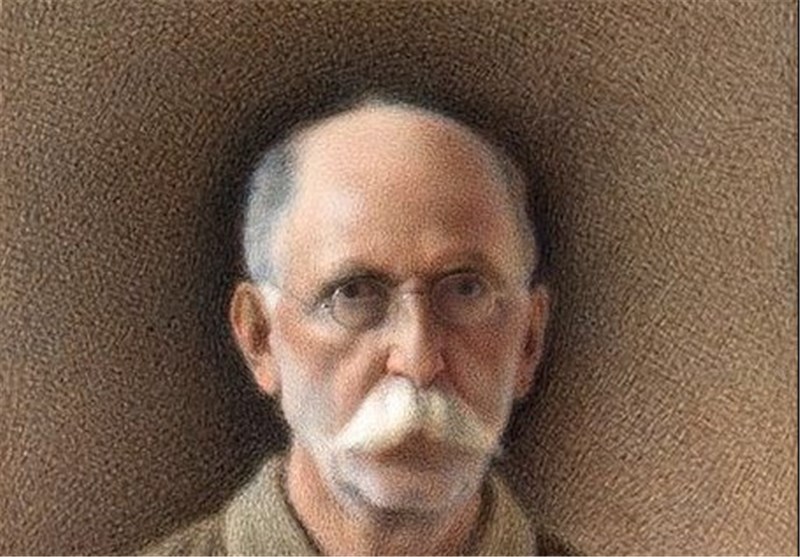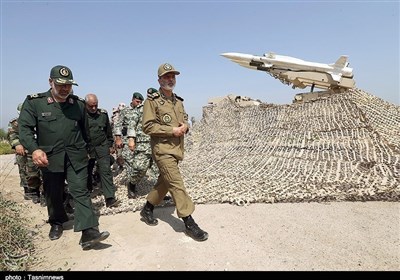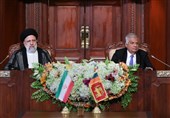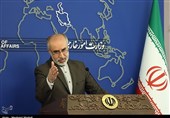Kamal Al Molk: Introducer of European Classical Realism into Persian Painting
TEHRAN (Tasnim) - Mohammad Ghaffari Kamal Al Molk was a well-known Iranian painter of the 19th and 20th Centuries.
Kamal Al Molk was born in Kashan, in 1847. He grew up surrounded by famous painters of the time, including his father, Mirza Bozorg, his uncle Abolhassan Sani Al-Molk Master Painter.
He was effectively the first artist to introduce European classical realism into Persian painting. This Master Painter created many valuable works and enjoyed great prosperity during his lifetime, which is rare for a living artist.
Kamal Al Molk founded a new style in Iranian art. In the Qajar era, and before the Iranian painting was limited to miniature. Kamal Al Molk expanded the art of painting in Iran and opened new horizons to the painters succeeding him.
He did some painting in the Shams-ol-Emareh edifice by the order of Naser al Din Shah. In his visit to Iraq and during the years he taught in the art school he created numerous paintings.
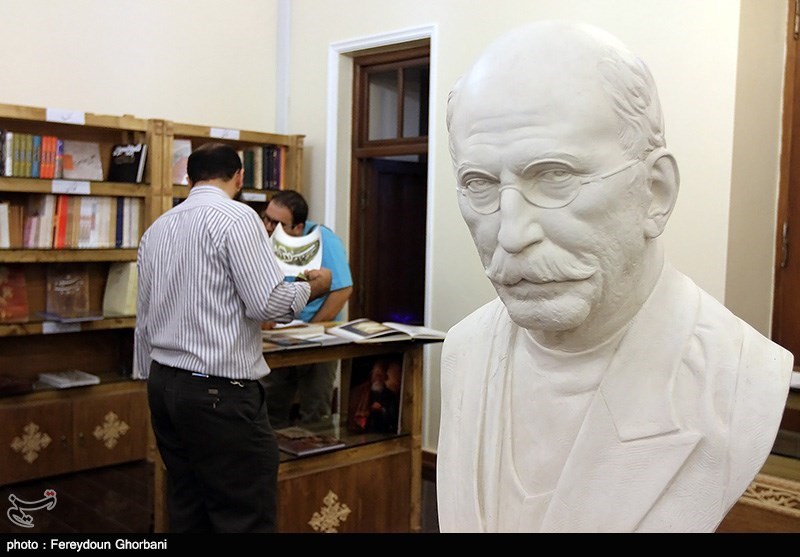
Although he did some color paint works, his oil paintings are of a higher quality and consequently better known. He also did some sculpture, but his works in sculpture are overshadowed by his paintings.
“Hanging Partridge” and the copies he made of European artists are among his most well-known works. But his magnificent masterpiece is “The Mirror Hall”, the painting he did after he received the title “Kamal Al Molk” and the first painting bearing the signature “Kamal Al Molk”. “The Mirror Hall” was, in fact, more of a turning-point in Iran's art than a mere painting; a window to a new world rather than paint on canvas.
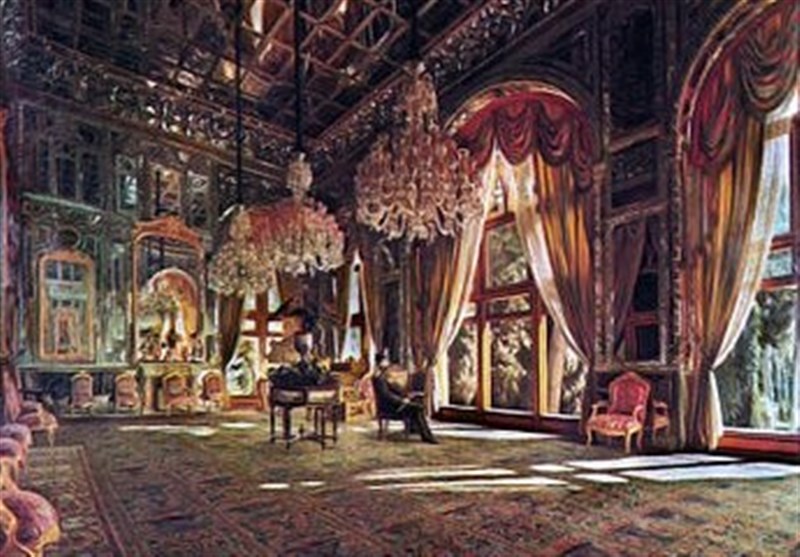
Kamal Al Molk's tomb was formerly located in the cemetery of garden of Sheikh Attar's tomb, near the wall of the garden. His mausoleum is another Iranian architectural masterpiece, done by the same architect who built that of Omar Khayyam.
In 1954, owing to the enlargement of the garden, Kamal Al Molk's tomb was located in it. In 1963, the mausoleum was reconstructed (Design by Houshang Seihoun in 1959) at the order of National Monuments Society.
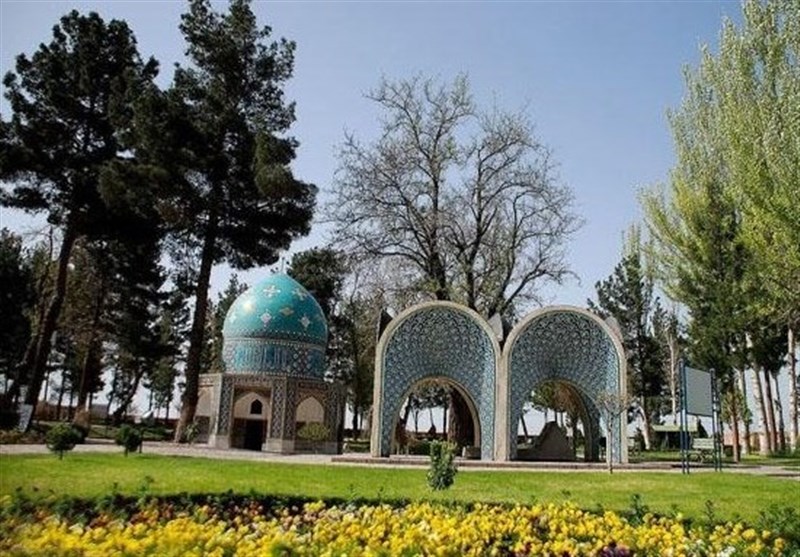
Like the tomb of Khayyam, tomb of Kamal Al Molk is designed with geometric shapes and it has deep connection with the Iranian architecture. Decorative mosaic for the tomb of Kamal Al Molk is very artistic designs, used on curved surfaces of the tomb. The building, its ornamentation and color of the tiles, are frequency coordination with the tomb of Attar.
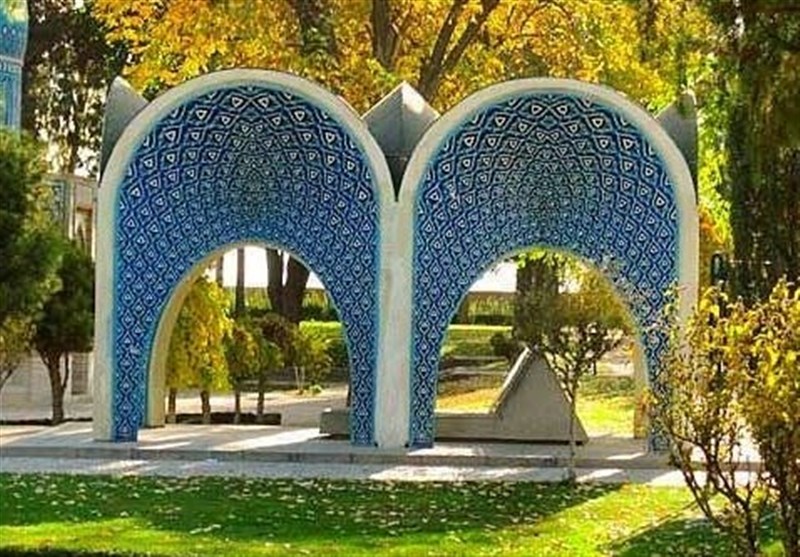
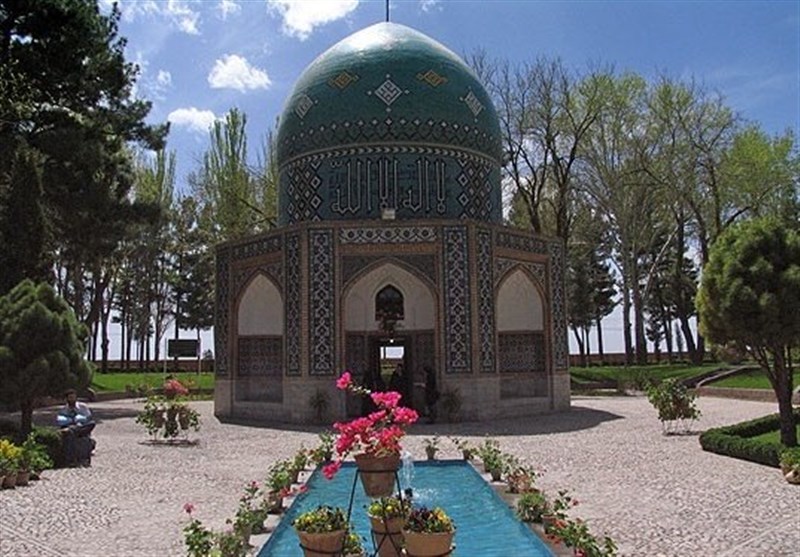
Source: Oruj Travel
